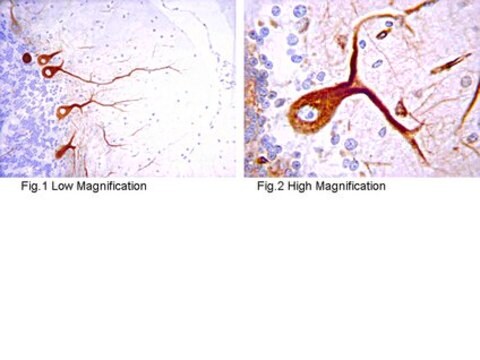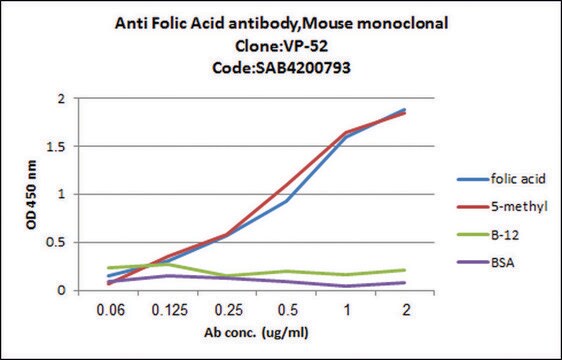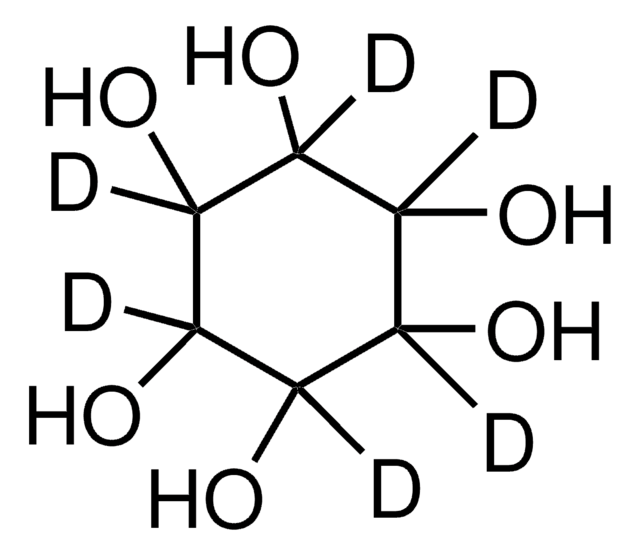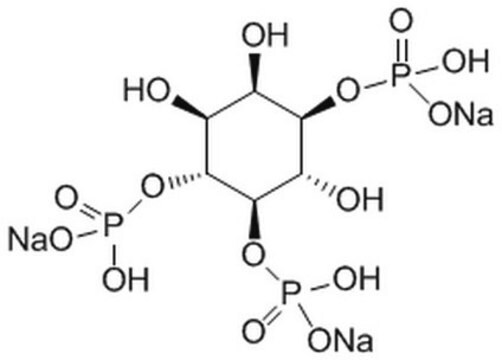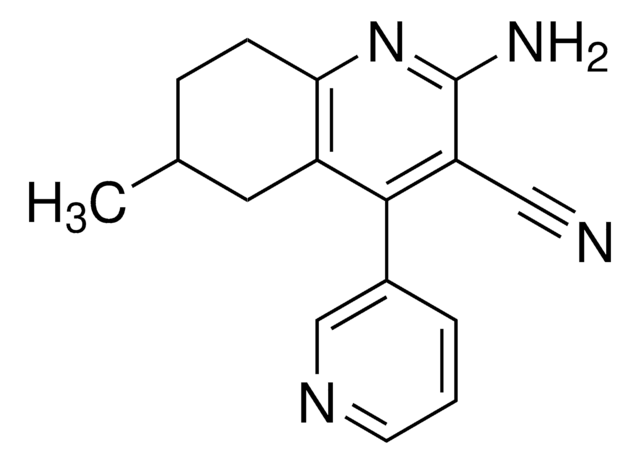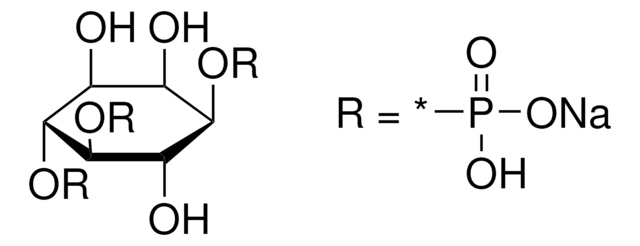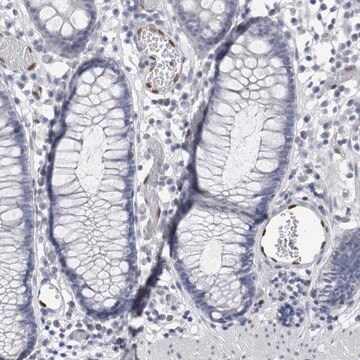07-1210
Anti-IP3 Receptor Antibody
from rabbit
Sinonimo/i:
Inositol 1,4,5-Trisphosphate Receptor
About This Item
Prodotti consigliati
Origine biologica
rabbit
Livello qualitativo
Forma dell’anticorpo
purified immunoglobulin
Tipo di anticorpo
primary antibodies
Clone
polyclonal
Reattività contro le specie
pig, human, bovine, rabbit, mouse, canine, dog, rat
tecniche
ELISA: suitable
immunofluorescence: suitable
immunohistochemistry: suitable (paraffin)
immunoprecipitation (IP): suitable
radioimmunoassay: suitable
western blot: suitable
Isotipo
IgG
N° accesso NCBI
N° accesso UniProt
Condizioni di spedizione
dry ice
modifica post-traduzionali bersaglio
unmodified
Informazioni sul gene
human ... ITPR1(3708)
Descrizione generale
Specificità
Immunogeno
Applicazioni
Immunofluorescence: 1:20 - 1:200 dilution from a previous lot. Light fixation, 2% PFA, 90% ethanol fixation; Visualization by confocal microscopy is required, as detection by standard fluorescent microscopy will not be adequate to detect the IP3R. Due to the intensity of confocal lasers, use of an anti-fading agent, such as DABCO, is strongly recommended.
ELISA: 1:2,000 dilution of a previous was used in ELISA.
Immunoprecipitation: 1:200 dilution of a previous lot was used in Immunoprecipitation.
Flow cytometry: 1:1,000 dilution of a previous lot was used in Flow Cytometry.
Radioimmunoassay: 1:10,000 dilution of a previous lot was used in Radioimmunoassay.
Optimal working dilutions must be determined by the end user.
Signaling
GPCR, cAMP/cGMP & Calcium Signaling
Qualità
Western Blot Analysis:
1:500-1,000 dilution of this lot detected IP3 Receptor on 10 μg of RAW 264 lysates.
Descrizione del bersaglio
Linkage
Stato fisico
Stoccaggio e stabilità
Handling Recommendations: Upon first thaw, and prior to removing the cap, centrifuge the vial and gently mix the solution. Aliquot into microcentrifuge tubes and store at -20°C. Avoid repeated freeze/thaw cycles, which may damage IgG and affect product performance.
Risultati analitici
RAW264 cell lysate
Altre note
Esclusione di responsabilità
Non trovi il prodotto giusto?
Prova il nostro Motore di ricerca dei prodotti.
Codice della classe di stoccaggio
12 - Non Combustible Liquids
Classe di pericolosità dell'acqua (WGK)
WGK 2
Punto d’infiammabilità (°F)
Not applicable
Punto d’infiammabilità (°C)
Not applicable
Certificati d'analisi (COA)
Cerca il Certificati d'analisi (COA) digitando il numero di lotto/batch corrispondente. I numeri di lotto o di batch sono stampati sull'etichetta dei prodotti dopo la parola ‘Lotto’ o ‘Batch’.
Possiedi già questo prodotto?
I documenti relativi ai prodotti acquistati recentemente sono disponibili nell’Archivio dei documenti.
Il team dei nostri ricercatori vanta grande esperienza in tutte le aree della ricerca quali Life Science, scienza dei materiali, sintesi chimica, cromatografia, discipline analitiche, ecc..
Contatta l'Assistenza Tecnica.